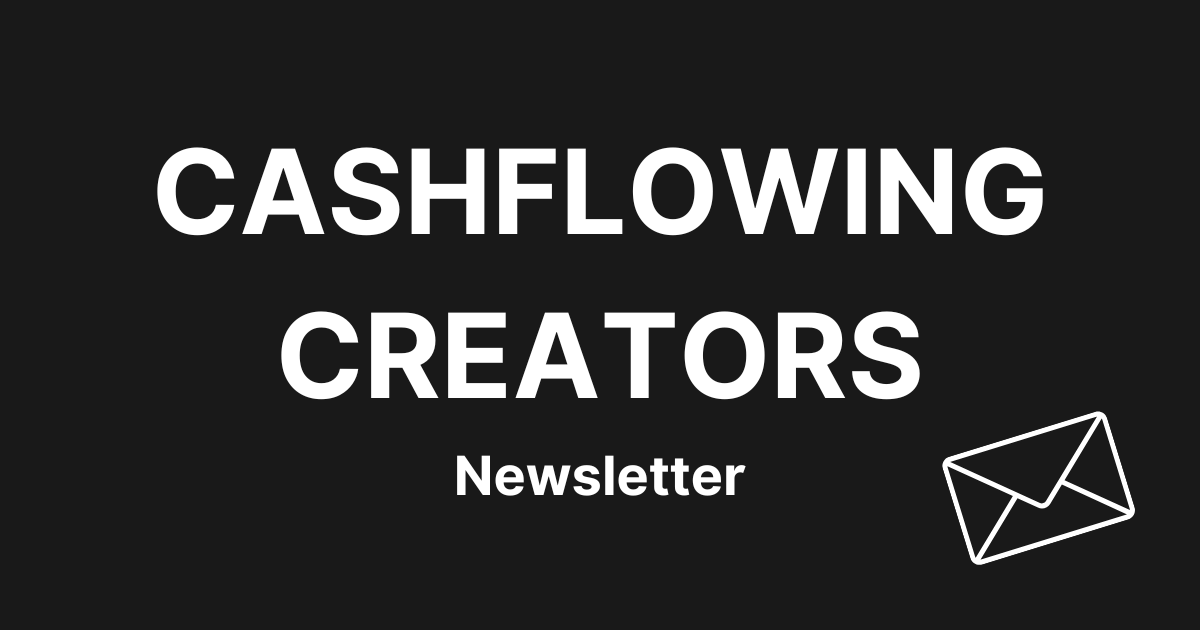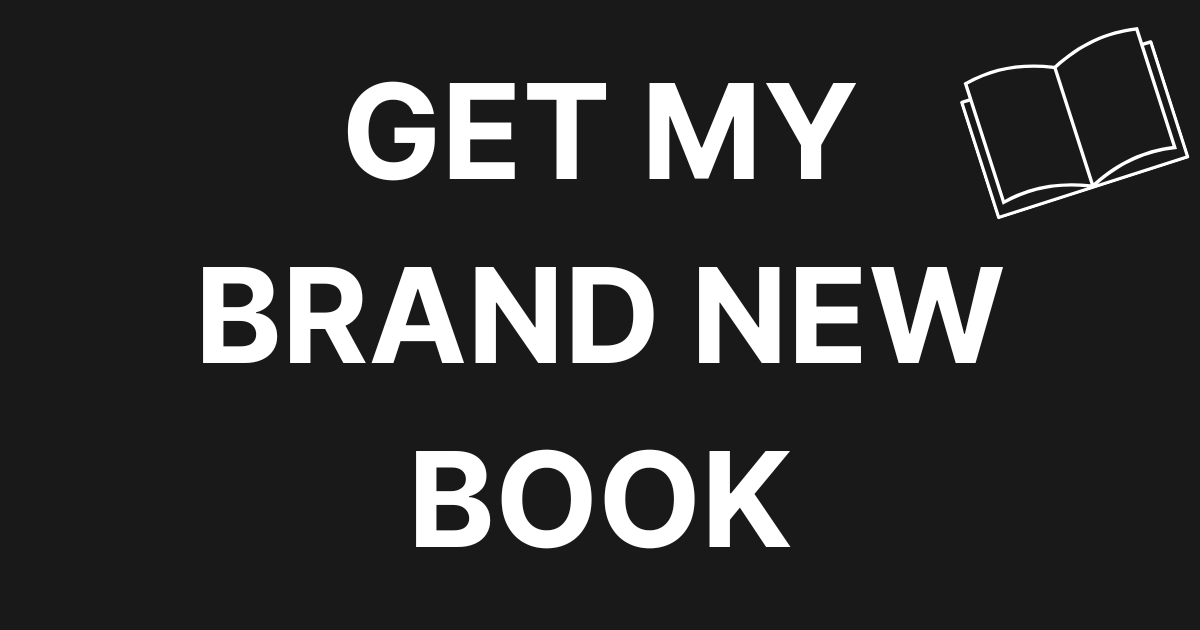Facebook ads can be a great way to increase revenue for your company, but you have to invest to make it happen.
How do you know how much money you should budget for Facebook ads?
There is no perfect answer that’s right for everyone, but there are some tips that will help you get started.
If you have too low of a budget you won’t be able to get the results you are looking for.
If you have too high of a budget it could hurt your business by overspending on ads that aren’t converting and killing your cash flow.
So what do we have to find?
The sweet spot for getting started.
Having a solid budget is the fundamental part of getting enough data, and learning what you need to know to hit your goals, achieve the results that you want, and grow your business using advertising.
In this article we’ll go over what steps you need to take in order to plan accordingly for your unique Facebook ad budget so you can start taking advantage of the power of paid ads!
Table of Contents
How To Budget For The Testing vs Scaling Stages Of Your Campaign
Testing Budget
If you’re just getting started with a new campaign and you’ve never run it profitably before then you are in testing mode.
And that means you need a testing budget.
Before deciding your Facebook ad budget, you want to make sure your head is in the right mindset.
Don’t expect to hit a home run right out of the gate with a new campaign.
It takes time to learn what ads and audiences work best for your offer.
So at the very beginning of a new ad campaign we approach it with the mentality that we’re in the phase of “buying data from the marketplace.”
Think of your testing budget as the set budget that you’re willing to commit to spending/investing in order to get valuable data back on your campaigns.
It should be a number that you’re comfortable with spending and that you don’t expect to make back – at least not right away.
Keep in mind that budget size can be proportional to your business.
You don’t have to go out there and spend tens of thousands but you do have to put up enough to make it all worth it.
I often recommend to my clients that they start with a testing budget of at least $3,000 – $6,000 per month (unless you’re trying to run ads in a place like Zimbabwe where CPMs are a lot cheaper).
And this is an investment to test your funnel and get the data in order to move forward on how to make it better.
Keep in mind the higher you go with your testing budget, the faster you’ll gain momentum.
If you choose an ad budget of something like $5 a day, it could take you six months to see any momentum.
Think about it. $5 a day, how many leads are you going to get? Not a lot.
The higher the budget the more leads you’re getting into your funnel, the more data you’re getting back on what those leads are, the faster you can make changes and fix things, and the faster you’re going to see progress.
Scaling And Optimizing Budgets
The scaling phase is where you’re getting the results that you want and you’re ready to put more money towards increasing the results you’re getting for your business.
You’ve found your winning ads and your best audiences and now it’s to create realistic goals for scaling your business.
You can set this budget based on your sales goals.
Let’s pretend you did 60 days of testing and you have your data to tell you what your conversion rates are, what your cost per lead is, and what your sales are.
You know that if you spend $1 you get $2.50 back over a 14 day period. (awesome job by the way).
Now if you want to make $10,000 dollars in sales, you know what you need to invest $4,000 into ads.
Let’s dive in a little more and break that down:
The Formula For Calculating Your Budget
1) Start With Your Sales Goal
The sales goals you define will have a large effect on how much you spend on Facebook ads.
The first step to set your Facebook ad budget is determining how much revenue you want to generate from your Facebook ads in the next 30 days.
Have that revenue goal in your head? Great! If not, take some time to think about it.
Then calculate how many units you need to sell. To get this number you’re going to divide your total revenue by the cost (or average cost) of your offer.
Revenue Goal ÷ Cost of Offer = Units to Sell
For example, if you want to make $10,000 in the next 30 days running Facebook ads and your training program goes for $1,000, you would need to sell 10 units of that product/service.
This means realistically if you want to make $10,000 in the next 30 days you probably need more than a $500 budget.
A $500 budget to make 10,000 dollars would need something close to a 20x return on investment (ROI/ROAS), while a reasonable ROAS goal for getting started is probably more around 2x-5x.
This isn’t a universal rule at all and many people do a lot better than that. But let’s assume you’re getting started and need a reasonable benchmark.
2) Work Your Way Backwards To Determine The Metrics You Need To Hit Your Sales Goal
Now that you have your sales goal locked in, the next step is to find out how many quality leads you need to get through Facebook ads.
To calculate this number, you’ll need to come up with a sales conversion of those leads.
If you have an expensive product, you’ll have a lower sales conversion. If you have an inexpensive product (under $300), you might have a higher sales conversion.
Let’s take an example of a 5% sales conversion to make it easy.
So if you’re trying to get 10 sales with a 5% conversion rate, what you’re going to need is 200 email leads.
Number of Sales ÷ Sales Conversion = Leads
In order to get 200 email leads, say your landing page is converting at 35% you’re going to need 572 landing page views.
So you’re taking your sales goal and dividing it by 35% to get how many landing page views you need.
3) Calculate Your Facebook Ad Spend Budget
Now to the step you’ve been waiting for, calculating your Facebook ad spend budget.
To calculate this you need to multiply the number of leads you need by the average cost per lead.
Or multiply the number of landing page views by the average cost per landing page view.
Number of Leads x Cost per Lead = Ad Spend Budget
Number of Landing Page Views x Cost per Landing Page View = Ad Spend Budget
Remember your cost per lead depends on a few factors:
- Your industry CPMs
- Your offer price
- The quality of your ads
- Your conversion rates along the way
When Is It Time To Increase Your Budget
There are different scenarios when you would increase your budget.
The first one is if your ads are profitable, converting, and getting leads & sales on a consistent basis – which means it’s time to scale.
You could look at increasing your budget about 10% – 25% each week depending on how it converts and how aggressively you want to scale your campaigns.
The second scenario would be if you aren’t spending enough to see any traction.
If you want to see faster results I would double the number you have if it’s quite low.
A good thing to keep in mind is thinking through “if you spend X budget, what’s the reasonable output of that budget?”
Because if you’re going to put in all the work to create all the components that go into launching a new product or live webinar and then only spend $500 it’s just not worth what you’re going to get.
Going back to the example above, If you’re trying to scale to generate $25,000 in sales it’s extremely unlikely you’re going to do that with a $500 budget.
Wrap Up
Phew! Now you know how to budget for your Facebook ads.
As you can see there are many factors to consider, but with a little bit of planning ahead and some research on your current Facebook ad goals, the budgeting process becomes much easier.
Here’s a free calculator that we use before we ever start running ads on Facebook to determine your webinar conversion rate. Hope it helps!
If you have questions or thoughts on this article please leave them in the comments below!
Good luck!




0 Comments